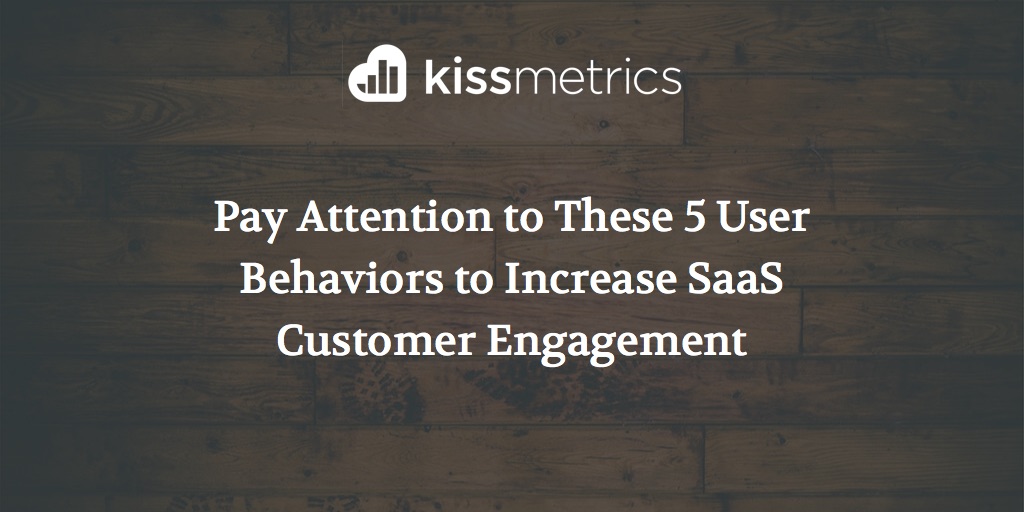Customer engagement is one of the tools to include. SaaS companies must engage with users for business survival and growth. “Customer engagement can help answer some tough product and marketing questions. The small wins count when onboarding customers. It’s receiving no feedback that should frighten SaaS businesses. It should concern your team when users aren’t actively engaging with your training resources. Customers don’t know where to go for help. When Users Cancel Their Subscriptions For some teams, it’s a dreadful experience receiving a cancellation notification from a customer. “One of the best tactics that you can use to win back your cancelled customers is by using cancellation surveys, but just sending out a survey itself won’t provide a lot of results. Experiment with asking different questions and conduct split testing on the best times to ask users to submit a cancellation survey.
Ever bought a survival kit?
It contains supplies to help you during a disaster. Every tool within the kit serves its purpose to sustain your life.
But what about your business? Does it have a survival kit?
Customer engagement is one of the tools to include. SaaS companies must engage with users for business survival and growth.
“Customer engagement can help answer some tough product and marketing questions. The key is to determine which parts of your product different users utilize, and to target users directly for primary market research,” says Guy Nirpaz, CEO and co-founder of Totango.
Your team can monitor user behavior to pinpoint friction points, correct product mistakes, and prevent unwanted cancellations. So pay attention to these five user behaviors below.
1. When Users Miss the Initial Onboarding Step
Teams spend weeks (sometimes months) nurturing leads into customers. Then, once the sale happens, some team members automatically move to the next prospect in line.
As a result, the new customer is left to navigate your platform alone and wrestles with how to solve their own problems. This is a lose-lose situation for everyone involved.
Your team’s time and effort around onboarding will determine the rest of the brand-customer relationship. It’s important to welcome customers, get them acquainted with your application, and show them how to gain value quickly.
The small wins count when onboarding customers. They subscribed to your service to receive a solution. If that goal isn’t achieved, you may receive negative feedback from an irate customer, or worse, a cancellation notice.
“Keeping motivation high is especially crucial if your product’s activation event is inherently difficult or time-consuming. It’s much easier to ask people to complete one small thing at a time than to make one giant commitment,” writes Julia Chen, blog editor at Appcues.
Study your onboarding analytics to track users’ sessions per day and the in-app milestones completed. You want to detect inactivity early.
If you notice customers need extra help, screen overlays are an effective way to guide customers in the right direction. Check out this example from Slack.
Welcome your new customers with open arms. Give them an extra boost of support to see the value in your product.
2. When Users Remain Inactive in Your Platform
Because of our ability to form habits, people are somewhat predictable. We might sit in the same seat on the bus or order the same latte from Starbucks every day.
So when customers begin to use our products and then stop consumption, we notice the change in their behavior. It’s especially noticeable when it adversely impacts growth.
Behavioral analytics tools like Kissmetrics uncovers when users stop logging into their accounts or when customers fail to open your customer success emails. Your team’s mission is to find the reason for their lack of engagement.
The causes for inactivity may include software difficulty, a shift in preferences, or even life distractions. More often than not, inactive users reflect your team’s inability to engage with the individual. You must take a proactive approach before the customer…

COMMENTS